Grade R (also called the Reception Year) is the year of schooling before Grade 1. The Grade R curriculum was first outlined in the Revised National Curriculum Statement R-9 (2002), as part of the Foundation Phase Curriculum. In 2010, the Curriculum Assessment Policy Statement (CAPS) documents were first implemented for Grade R. It is not compulsory for children to attend Grade R.
Why is Grade R so important?
Grade R was introduced to prepare children for entering primary school in Grade 1. In Grade R, children officially become learners, in the language of schooling. Grade R learners move from mostly unstructured learning to structured learning, where they learn to sit quietly and have structured lessons with a formal curriculum for the first time.
What do Grade R teachers do?
Grade R teachers teach Grade R within a prescribed curriculum, according to the relevant Curriculum and Assessment Policy Statements (CAPS) documents. Grade R falls under the Foundational Phase, in which learning content focuses on three subjects, namely Language, Mathematics and Life Skills. The Foundation Phase Language and Life Skills CAPS documents cover Grade R to Grade 3, while there is a separate CAPS document for Grade R Mathematics. Grade R teachers don’t formally teach language, mathematics and life skills, but expose Grade R learners to these fields, through integrated play-based activities. The main tasks of Grade R teachers include the following:
-
Expose learners to language incidentally through planned interactive activities and through play-based learning.
-
Expose learners to the following mathematics content areas through play-based activities
-
numbers, operations and relationships;
-
patterns, functions and algebra;
-
space and shape (geometry);
-
measurement; and
-
data handling.
-
Develop learners’ life skills in the following areas:
-
beginning knowledge and personal and social well-being;
-
creative arts; and
-
physical education
What is the demand for Grade R teachers?
According to the official data from the Department of Basic Education, there were 792 309 Grade R learners in 17 188 schools in 2015. This means that 90% of all primary schools had Grade R classes in 2015 (in 2015, there were 19 088 primary, intermediate and combined schools in South Africa). In 2013, South Africa had 21 207 Grade R teachers, of which 16 520 (78%) were not qualified to teach Grade R. In other words, there is a big demand for qualified Grade R teachers in South Africa.
What are the challenges of a Grade R teacher?
Grade R teachers have to ensure that learners are ready for school in Grade 1. Because many children do not go to pre-school and do not get the benefit of a structured pre-school environment, these children who then enter Grade R may already struggle to cope with the demands of the Grade R classroom. Teachers must help Grade R learners to develop emergent writing, emergent reading and emergent mathematics skills, which demands a high level of skill from the teacher.
What is attractive about becoming a Grade R teacher?
Currently, there is a big demand for qualified Grade R teachers. Many Foundation Phase teachers choose Grade R because the school day consists of structured play and a lot of fun! Children are developing into learners, and are exposed to reading, writing and mathematics in interesting and fun ways, rather than through formal lessons.
DATE: August 2023 | DISCLAIMER: The content of this blog is accurate at the time of publication. STADIO reserves the right to change the content due to changes in legislation, as well as for market requirements and other reasons.

